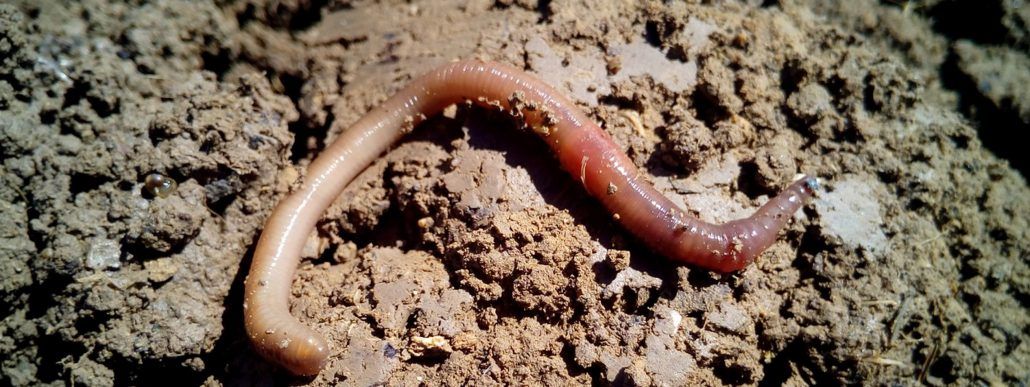Life contains energy, and all life requires energy to function. Energy is found, and needed, in various forms. In soil, the greatest source of energy is in the form of organic matter and carbon therein. The greater the amount of organic matter there is in soil, the greater the source of energy there is which contributes to the soil’s ability to sustain more life. The greater the amount of life in the soil, the more energy there is in the system, and so the cycle continues. This is just one of the ways to consider the benefit of soil life.
Another factor which greater energy in the soil, and therefore more life, contributes to is the cycling of nutrients. Energy moves through any system, and soil is a system. Soil life helps to transfer energy from the soil to the plant, which the cow eats and converts energy in the plant into milk. The cow also excretes some of the energy from the plant back into the system, which the soil life, to the extent which it exists in the soil, can cycle and transfer back to the plant. The more life there is in the soil, the more efficiently this process will take place, ensuring the full utilisation of all of energy which enters the system.
- A carbon footprint assessment for pasture-based dairy farming systems in South Africa - 2024-02-07
- What progress have farms participating with Trace & Save made over the past 10 years? - 2023-09-06
- Carbon footprint reduction over time: Lessons from pasture-based dairy farms in South Africa - 2023-09-04

